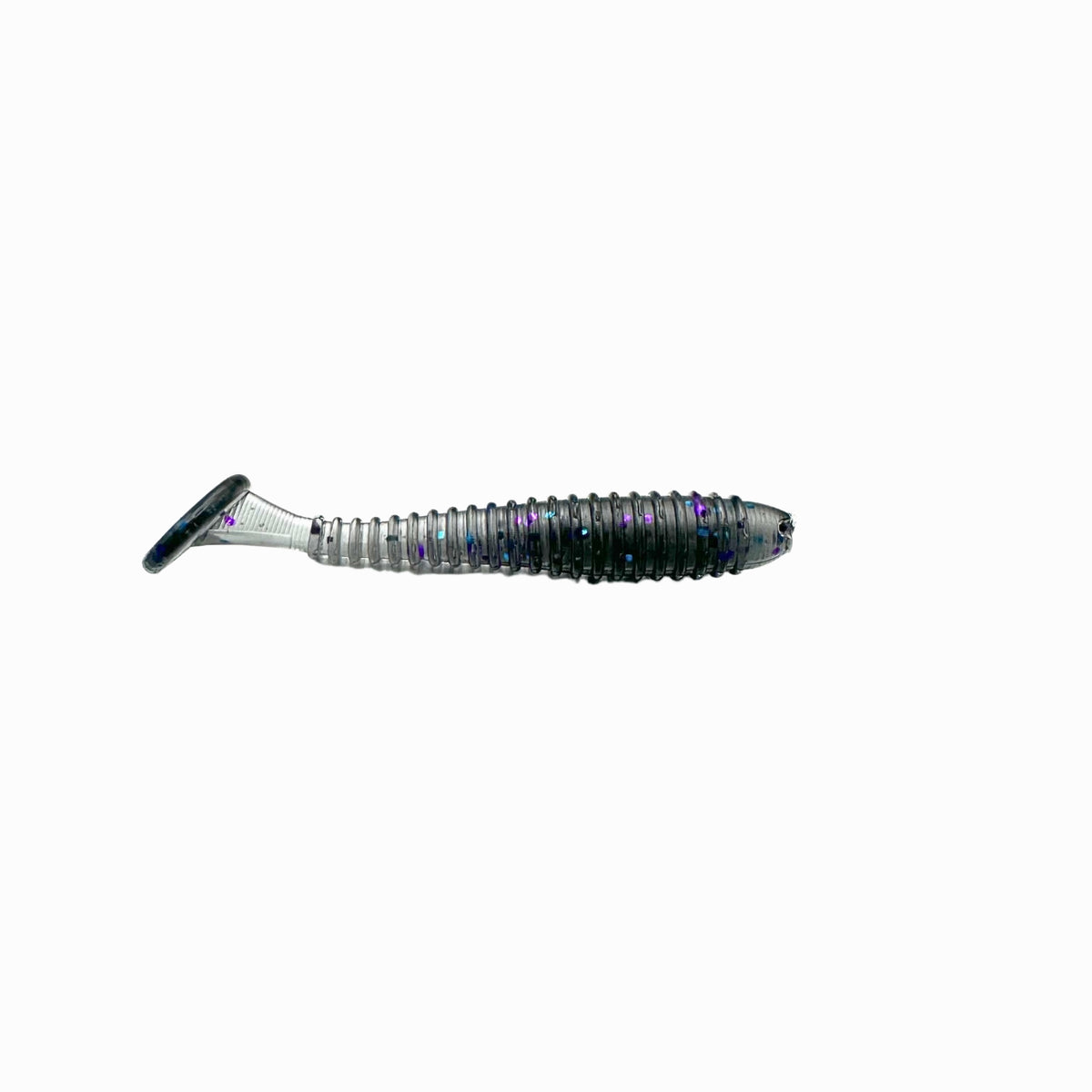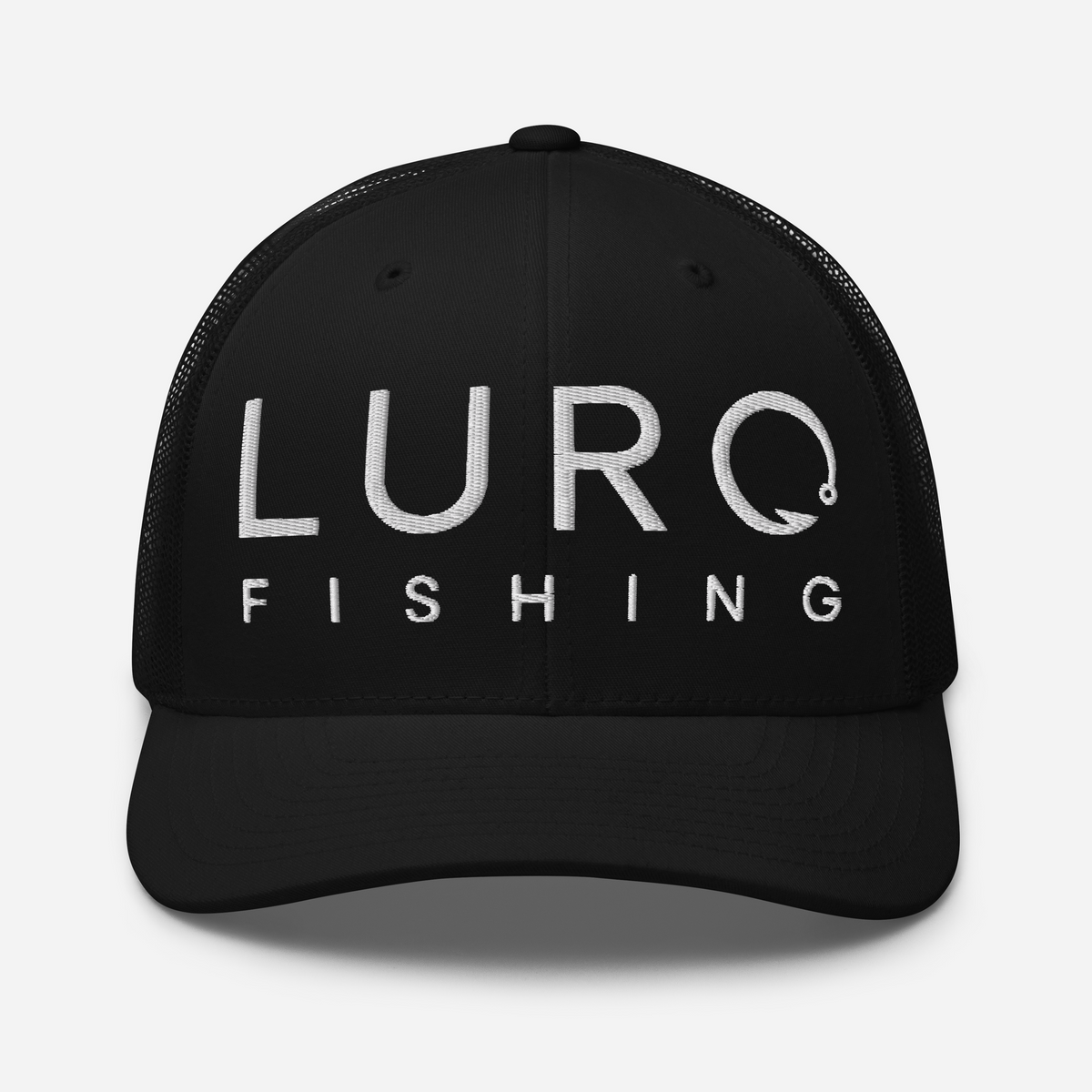Check out our Youtube video on fishing a Dubuque rig on the Mississippi River
When spring rolls around and walleye season opens, anglers across the Midwest and beyond hit the water in search of one of North America’s most popular freshwater game fish. While there are countless ways to catch spring walleyes, one of the most effective—and often overlooked—techniques is fishing the Dubuque rig. Originating in the Upper Mississippi River system, the Dubuque rig has proven itself as a deadly setup for targeting spring walleyes in rivers with current, especially when fish are transitioning from spawning grounds to their summer hangouts.
In this blog post, we’ll break down exactly what the Dubuque rig is, why it works so well in the spring, how to rig it, and the best strategies for fishing it to consistently put more walleyes in the boat.
What is a Dubuque Rig?
A Dubuque rig is a dual-hook setup commonly used in rivers, designed to fish both close to the bottom and slightly higher in the water column simultaneously. It’s a highly effective way to cover different depths and trigger strikes from fish that are holding tight to the bottom or suspending just above it.
The traditional Dubuque rig consists of:
- A three-way swivel
- A short dropper line (12-18 inches) to a heavy jig (typically 3/8 oz to 1 oz, depending on current)
- A long leader (2.5 to 4 feet) tied to a floating jig head or a plain hook with a bead and live bait or plastic
This rig allows you to present two baits—one near the bottom and another hovering above—mimicking a small school of baitfish moving through the current.
Why the Dubuque Rig Works in the Spring
In early spring, post-spawn walleyes often congregate in deeper holes, channel edges, and along current seams. Water is typically cold, and fish can be finicky, requiring a slower and more precise presentation. The Dubuque rig excels here because:
- It presents multiple baits at different levels
- It allows slow, controlled trolling or hand-lining
- It keeps your offering close to the bottom where walleyes often hold in spring
- It works great in current-heavy systems, like rivers
Whether you're fishing from a boat or backtrolling slowly with a kicker motor or electric trolling motor, the Dubuque rig helps you stay in the strike zone longer and covers more water than single-lure setups.
How to Rig a Dubuque Setup
Here’s a step-by-step guide to setting up a classic Dubuque rig:
Tie on a Three-Way Swivel
- Use strong fluorocarbon or monofilament line (10–14 lb test). Tie your main line to one eye of the three-way swivel.
Add the Dropper Line
- Tie a short dropper (12–18 inches) of slightly lighter line (e.g., 10 lb test) to the second eye of the swivel.
- Attach a heavy jig to the dropper. Hair jigs or round-head jigs work great. This acts as your bottom contact point and will occasionally tap along the bottom as you troll.
Add the Leader
- Tie a longer leader (2.5 to 4 feet) of 8–12 lb fluorocarbon to the third eye of the swivel.
- On the end, tie a floating jig head or a plain hook. Add a bead for color if using a plain hook.
- Bait it with a minnow, leech, or half-nightcrawler, or tip it with a soft plastic like a split-tail grub or paddle tail.
Optional Enhancements
- Add scent or flavor to soft plastics
- Use contrasting colors between your two hooks to dial in what’s working best
Where to Fish a Dubuque Rig in Spring
The Dubuque rig shines in current-heavy river systems but can also be used effectively in lakes during early spring when walleyes are holding deep. Key locations to target include:
-
Channel edges and drop-offs: Walleyes often hold on the deeper edge of the main river channel in early spring.
-
Current seams and eddies: These provide resting spots for fish after the spawn.
-
Tailraces below dams: Classic springtime hot spots, but make sure you follow local regulations for distance from dam structures.
- Deep holes adjacent to spawning areas: Walleyes move out of spawning grounds into nearby deeper water to recover and feed.
Use your electronics to find areas with baitfish and suspended or bottom-hugging marks—perfect situations for the Dubuque rig.
Presentation Tips and Techniques
While you can technically cast or drift a Dubuque rig, it’s most effective when used with a slow trolling or controlled drifting presentation. Here's how to make the most of it:
1. Backtrolling or Controlled Drifting
- Use your trolling motor or kicker to slowly move upstream or control your drift downstream.
- Keep your jig tapping bottom every few seconds without dragging constantly.
- Your top hook will hover higher in the column, potentially tempting more active fish.
2. Vertical Control
- Keep your rod tip at a 45-degree angle.
- Reel up or let out line to keep your rig near the bottom but not stuck in it.
- Constant contact isn’t necessary—occasional bottom contact is key.
3. Use Rod Holders or Hand-Hold
- Some anglers place rods in holders and let the rig do its job. Others prefer hand-holding for better feel and to instantly react to subtle bites.
- In colder water, bites may be light—stay alert.
Best Baits for the Dubuque Rig
Spring walleyes can be picky, so offering variety can make a big difference. Here are some of the top baits to pair with your Dubuque rig:
-
Minnows: Fatheads, shiners, or river minnows are go-to choices, especially in cold water.
-
Leeches: As water warms into the 50s, leeches become effective and stay lively on hooks.
-
Hellgrammites: Creature baits such as the hellgrammite can catch you some walleyes especially in a river.
-
Soft Plastics: Curly-tail grubs, flukes, tracer shads or paddle tails can entice strikes, especially on the longer leader.
- Nightcrawlers: Half-crawlers on the long leader work especially well once temps approach 55–60°F.
Don’t be afraid to mix-and-match—try a minnow on the bottom jig and a plastic on top, or vice versa. Sometimes the contrast in action is what triggers a bite.
Final Thoughts: Why You Should Try the Dubuque Rig
If you’re looking for a versatile, high-percentage setup for targeting spring walleyes in rivers or lakes, the Dubuque rig should be in your arsenal. It covers multiple depths, works in strong current, and allows for a stealthy and controlled presentation—everything you want when walleyes are sluggish post-spawn.
Whether you're a river veteran or new to early-season walleye fishing, this rig can unlock new opportunities and help you put more fish in the boat this spring. Tie one on, slow down, and watch how effective this “old school” but deadly technique can be.
Tight lines and happy spring fishing!



